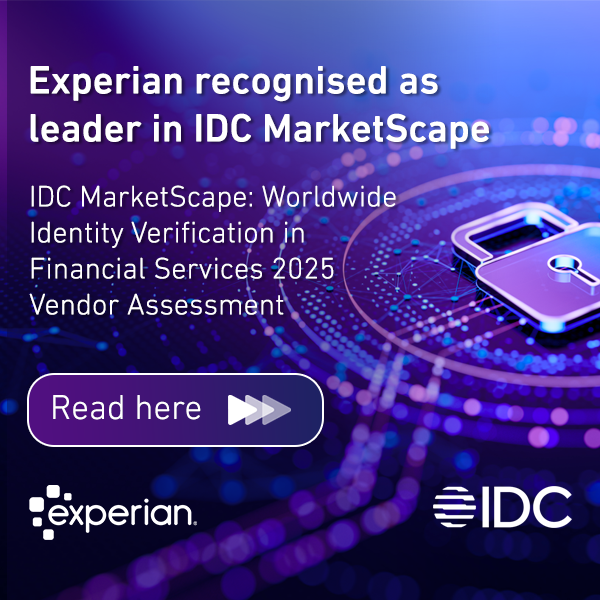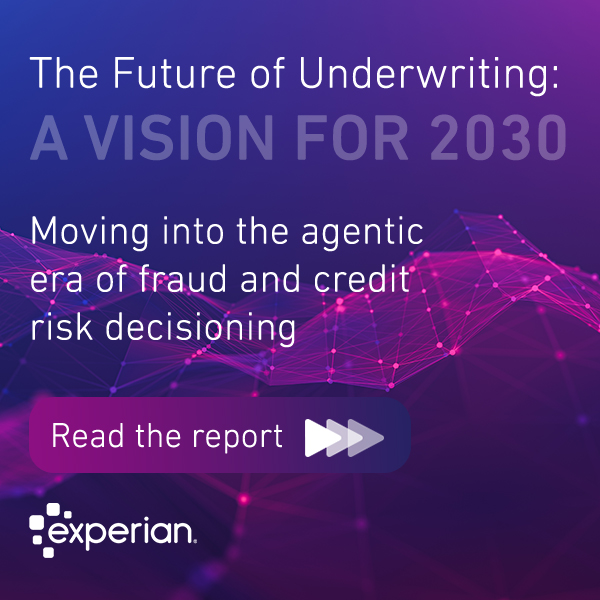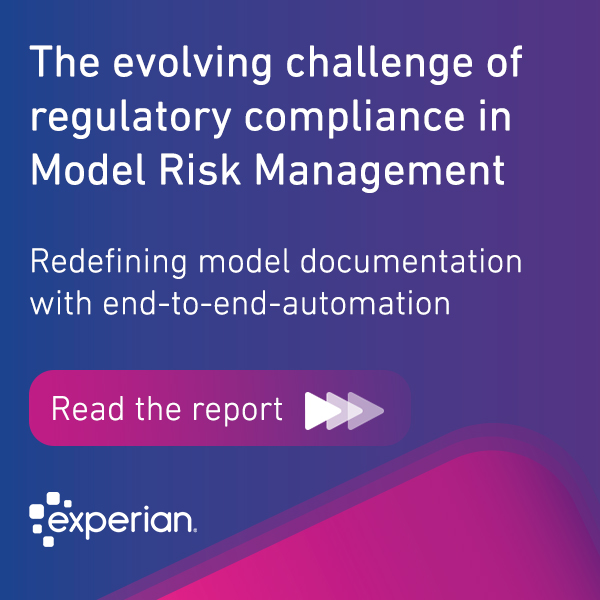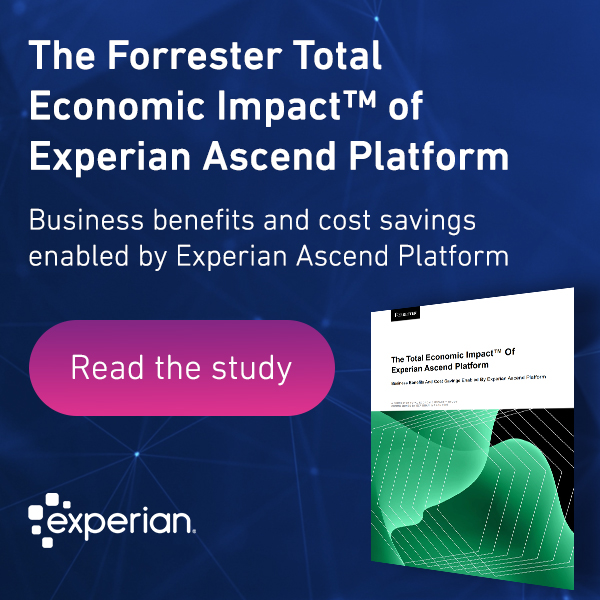Monthly Archives: February 2022

The pandemic may have accelerated digital transformation across the world of financial services , but behind the scenes, banks and lenders still face a significant tech debt, and many organizations are committed to continuing the innovation. That's for good reason. Today's consumers increasingly expect a digital-first customer experience. The days of visiting a local bank branch to access financial services and products are fading away. Fintechs have risen to the occasion, transforming the market and meeting the growing digital demand. For traditional banks and lenders, waiting to innovate is no longer an option—it's a must to remain competitive. So what comes next? Here's a look at the technology trends that stand to impact and transform financial services as we advance. 1. The rapid rise of low-code/no-code solutions According to a recent survey from TechRepublic1, nearly half of companies are already using low-code/no-code solutions (LCNC). The same report also notes that among companies not using LCNC solutions, one in five plans to begin within the year. The driving force behind this trend is the global shortage of digital skills, from software development to data analytics to information security. The pool of technical talent has long been smaller than the demand, and the Great Resignation has only exacerbated the problem. For instance, 75% of software developers2 report they're currently looking for other jobs. Amidst this ongoing talent shortage, there's another stressor—the need to deploy technology products to market faster and faster. LCNC solutions answer these challenges by making doing so easier and quicker. The technology democratizes software development, allowing business users—or citizen developers—in different functions to design and deploy applications. With the skills gap likely to continue, the interest in LCNC solutions will too. LCNC solutions enable financial institutions to keep pace with technology changes and meet the digital demand, even with limited technical resources. 2. Leveraging data will require adding value—and engendering trust Financial service organizations have used advanced data analytics to provide consumers with more personalized products. And consumers have been on board as long as they see the benefit. For example, a 2021 consumer survey by Experian showed that 42% of consumers would share personal data, and 56% would share contact information, if it improves their experience. However, this research speaks to growing tension between consumers and financial service providers. The first want more personalized services, but they are also more selective about which companies they share data with. Consider a recent McKinsey study that revealed that 44% of consumers don't fully trust digital services3. As we advance, organizations that want to build and keep consumer trust will need to be thoughtful about the data they ask for and increasingly transparent about how they plan to use it. 3. Doubling down on AI but looking for ROI in the process AI has proven helpful in multiple ways, from powering recommendation engines and chatbots within the retail world to improving fraud analysis and prevention in the banking industry. But there's still so much more organizations can do, especially with the AI they already have. Financial service and fintech companies have funneled massive resources into AI solutions. However, only 20% of AI models4 are ever used in widespread deployment. What’s more, the current average return on AI investments hovers around 1%. This year, expect to see more organizations examining the ROI of AI-powered technology and looking to get more from the investments they've made. Technology partners can help by identifying additional opportunities for AI models to drive customer engagement, validate credit scoring, and protect businesses against fraud. 4. Banking-as-a-Service will yield even more choices and more competition There have long been high barriers that protect traditional financial service organizations from much new competition. But the advent of open APIs and Banking-as-a-Service (BaaS) is knocking these barriers down, yielding a considerable influx of startups that provide banking-like services. And this wave of new fintech has captured consumer interest. Consumers have shown that they’re willing to try financial service products from an array of providers; they're not married to sticking with traditional banks. In fact, 27% of global consumers5 have relationships with neobanks, and 40% report using financial apps6 outside of their primary banking app. However, the gold rush towards BaaS will yield a few winners and a lot of losers. The question for the near-term is who will survive in this crowded market. Consumers will also begin to figure out what makes sense in terms of how many financial organizations they want to connect with and when to say enough is enough. 5. Embedded finance is the new black in retail In a similar theme, the influx of embedded finance products into retail experiences continues to gain traction. There's only more to come. Multiple leading retailers, both longstanding and new D2C brands, have incorporated Buy Now Pay Later (BNPL) payment options into their checkout process, and shoppers are rapidly adopting these new payment methods. One-third of consumers report they've used BNPL before7. Though the payment method still lags far behind other forms of credit, awareness of BNPL and other embedded finance solutions is rising, especially among younger consumers. Looking forward, expect to see embedded finance make inroads not only with more retailers but also across other industries such as hospitality or entertainment. These pressing tech trends are reshaping financial services. In the process, they're bringing new solutions to consumers and new opportunities to banks and non-traditional lenders. Organizations that keep pace with these trends will lay the foundation for their next generation of customers as well as the future of their business. More 2022 trends and predictions Stay in the know with our latest research and insights: 1.TechRepublic Survey: Low-code and no-code platform usage increases 2.Stack Overflow: The Great Resignation is here. What does that mean for developers? 3.McKinsey: Are you losing your digital customers? 4.ESI ThoughtLab: Driving ROI through AI 5.EY: How can banks transform for a new generation of customers? 6.Axway: Consumers are starting to sense an open banking transformation 7.PYMNTS.com: No slowdown in sight for surging BNPL as consumers want it, retailers need it

Steve Wagner, Managing Director, Global Decision Analytics on Redesigning the future of consumer lending with data and analytics. Find Steve Wagner's interview in Raconteur's Future of data report to discover what businesses need to do to succeed in an increasingly digital world. “The good thing is that technology and data now allow businesses to put the customer journey at the heart of what they’re doing. With the advanced technologies available today, businesses can access relevant data and deliver on customer expectations in their moment of need. Whether it’s access to a loan or mortgage, or to consolidate debts, a real-time view of the consumer is possible.” Read the full article and find out about: Why the digital customer experience, enabled by both data and analytics, is the new battleground for many industries. Consumers reporting they were online 25% more in 2021 compared to a year before. Online retail sales saw four years of growth in just 12 months during the Covid pandemic. Demand for frictionless journeys through biometrics or multimodal authentication mean customers can see the value exchange in sharing personal data. Behavioural biometrics is the next frontier in tackling fraud and providing a seamless customer journey. Technology is allowing us to analyse far more data sources in real time, providing a comprehensive picture of an individual. Open Banking and the democratisation of data are part of the progressive change around data. Importance of extracting the insight lenders and fintech providers need to implement the best customer journey and make the best decisions. Businesses can make credit-risk decisions using automation and advanced analytics. This will lead to more opportunities for credit and better financial inclusion. Harnessing the power of 'insight everywhere' for better knowledge bases. "The application of advanced analytics, artificial intelligence and machine learning is allowing businesses to tailor their services to an audience of one - at scale." Stay in the know with our latest research and insights:

*Stats from Experian Global Insights Research Read related content The evolution of data: Unlocking the potential of data to transform our world Be more open: Results of the 2021 Open Banking survey - Experian Academy Full text: The future of consumer lending in a digital economy With the advanced technologies available today, businesses can access relevant data and deliver on customer expectations in their moment of need. As more people go online and use digital channels, your business must do more to create a seamless and secure experience. Online activity has increased by 25% globally Online retail sales saw 4 years of growth in 12 months Now online, consumers have high expectations for digital experience without sacrificing security, convenience, and privacy. 64% of consumers have abandoned an online transaction in the past 12 months Consumers, regardless of age, now prefer online banking and payments over in-person transactions The future of credit and fraud risk management is integrating data and technology seamlessly to put the customer at the centre of it all. 74% of businesses are adopting AI (2021), up from 69% the year before Businesses can embrace customer-centricity at scale through: Behavioural biometrics within a layered strategy of defence to make it easier to tackle fraud and maintain a seamless customer journey Open source data so businesses of all sizes can build a view of potential customers, minimise credit risk, and bring more people into mainstream financial services Advanced analytics, AI, and machine learning for real-time underwriting, fraud detection and a truly personalised service “The market is now driven by consumer demand for digital services. Those companies that are able to tailor the digital customer journey – so it reflects the best-in-class consumer experience – are the ones that will win.” – Steve Wagner, Managing Director of Global Decision Analytics

Steve Yin, SVP of Global Identity and Fraud Product Management, talks to Juniper Research about what it means to be recognised through Juniper Research's Future of Digital Awards for innovation in fraud detection and prevention. Watch the video to find out about: The shift in trends across fraud Impact of the increase in online traffic How those who are new to digital can be more susceptible to fraud New or expanding merchants Education for consumers on secure digital interactions What's new in fraud detection and prevention? Models to detect known types of attack vectors Predictive: new signals and awareness of emerging threats CrossCore platform capabilities Stay in the know with our latest research and insights:

Did you miss these January business headlines? We’ve compiled the top global news stories that you need to stay in-the-know on the latest hot topics and insights from our experts. Next-gen AI analytic apps in credit In this Lendit Fintech webinar about the future of AI analytics in credit, Srikanth Geedipalli, SVP of Global analytics and AI, joins a panel of experts to explain how Experian deals with delinquencies and retains customers using a proactive approach. A successful DevOps strategy is more than just technology Dr Mark D. Spiteri writes on the Forbes Technology Council about how Experian has embraced DevOps culture to not only improve internal IT processes, but also to reshape the mindset of product development teams. 7 payments trends for 2022 as innovation climbs David Bernard, SVP Global Decision Analytics, talks to Payments Dive about cross-border services, BNPL and cybersecurity tools, and how there will be no shortage of innovation and competition in the payments industry as businesses and their regulators shape new digital tools. Deepfakes – the good, the Bad, and the ugly In this Forbes article, Eric Haller, VP & General Manager, Identity, Fraud & DataLabs, talks about how the creation of deepfakes can be thought of as the latest development in the ongoing battle between business and counterfeiting. Stay in the know with our latest research and insights:

Dr Mark D. Spiteri writes on the Forbes Technology Council about how Experian has embraced DevOps culture to not only improve internal IT processes, but also to reshape the mindset of product development teams. What is DevOps? DevOps is the hybrid of development operations - a combination of software development and IT operations that shortens the product lifecycle and delivers a higher quality operational performance, benefiting the company and customer alike. The shift towards a service-centric culture As tech businesses move away from on-premises, product-centric culture, they are seeking alternatives that enable a service-centric approach. DevOps helps to do this by expanding upon agile and lean software development principles that ultimately lead to a cultural shift towards SaaS. The goal is to improve efficiency and accelerate the distribution of product enhancements, but it's all in the integration of these new ways of working. "It’s not a question if DevOps can help your company upgrade its product cycle; it’s a question of how well you can implement it into your organization." Foundations of DevOps People: Small, autonomous teams with a focus on collaboration and achieving system-orientated outcomes. Processes: End-to-end agile, lean practices for rapid IT service delivery. Technology: Automation tools that make the complete flow and pipeline of development and testing repeatable and reliable. "Improving the DevOps process can make a sea of change across every part of your product’s lifecycle, and what’s most fascinating is that the most important elements do not require a huge IT investment." Read the full article Stay in the know with our latest research and insights:




